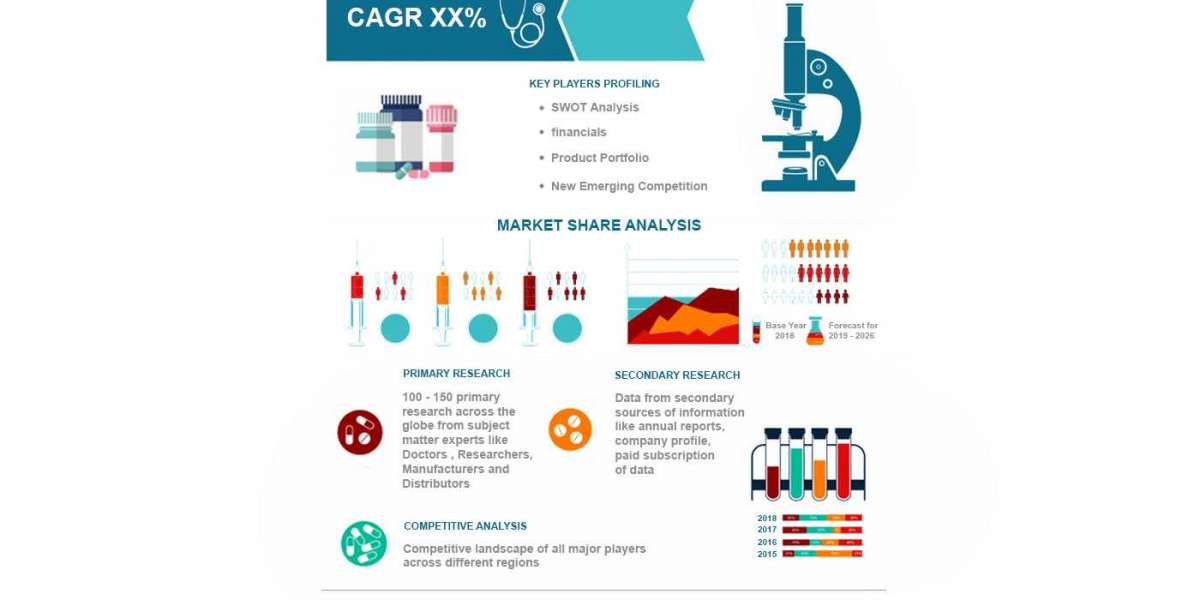Photometric analysis is a scientific process that involves measuring and assessing the distribution, intensity, and quality of light in a given space or environment. It is used to quantify and evaluate various aspects of light, such as its brightness, color, and distribution, and is crucial for a wide range of applications in different fields. Here's why photometric analysis is important:
- Architectural Lighting Design: Photometric analysis is essential for architects and lighting designers to plan and create effective lighting schemes in buildings and outdoor spaces. It helps in determining the appropriate placement, type, and intensity of light fixtures to achieve the desired visual and functional effects while minimizing energy consumption.
- Roadway and Street Lighting: In transportation and urban planning, photometric analysis is used to design efficient and safe roadway and street lighting. This ensures that roads are well-lit, improving visibility for drivers and pedestrians while minimizing light pollution and energy waste.
- Product Design and Manufacturing: Photometric analysis is used in the design and quality control of products that emit light, such as LED displays, automotive headlights, and consumer electronics. It ensures that products meet specific standards for brightness, color accuracy, and distribution.
- Photography and Film Production: In photography and cinematography, photometric analysis is essential for achieving the right exposure, color temperature, and lighting effects. It helps photographers and filmmakers capture the desired visual aesthetics.
- Environmental Impact: Evaluating the impact of artificial lighting on the environment is crucial. Photometric analysis helps in minimizing light pollution, preserving natural ecosystems, and reducing energy consumption.
- Emergency Lighting and Safety: In applications like emergency exit signage and safety lighting, photometric analysis ensures that light fixtures provide adequate illumination levels to guide occupants safely during emergencies.
- Energy Efficiency: Photometric analysis is a key tool in energy-efficient lighting design. By optimizing light distribution and reducing unnecessary lighting, it helps conserve energy and reduce operational costs.
- Compliance with Standards: Many industries and applications have specific standards and regulations for lighting. Photometric analysis helps ensure compliance with these standards, which can be essential for safety and legal reasons.
- Health and Well-being: Proper lighting is crucial for human health and well-being. Photometric analysis is used to design lighting systems that enhance productivity, comfort, and visual acuity while minimizing issues like glare and flicker.
In summary, photometric analysis plays a vital role in various fields and applications by enabling the precise measurement and control of light. It helps ensure efficient, safe, and aesthetically pleasing lighting environments while minimizing energy waste and environmental impact.









